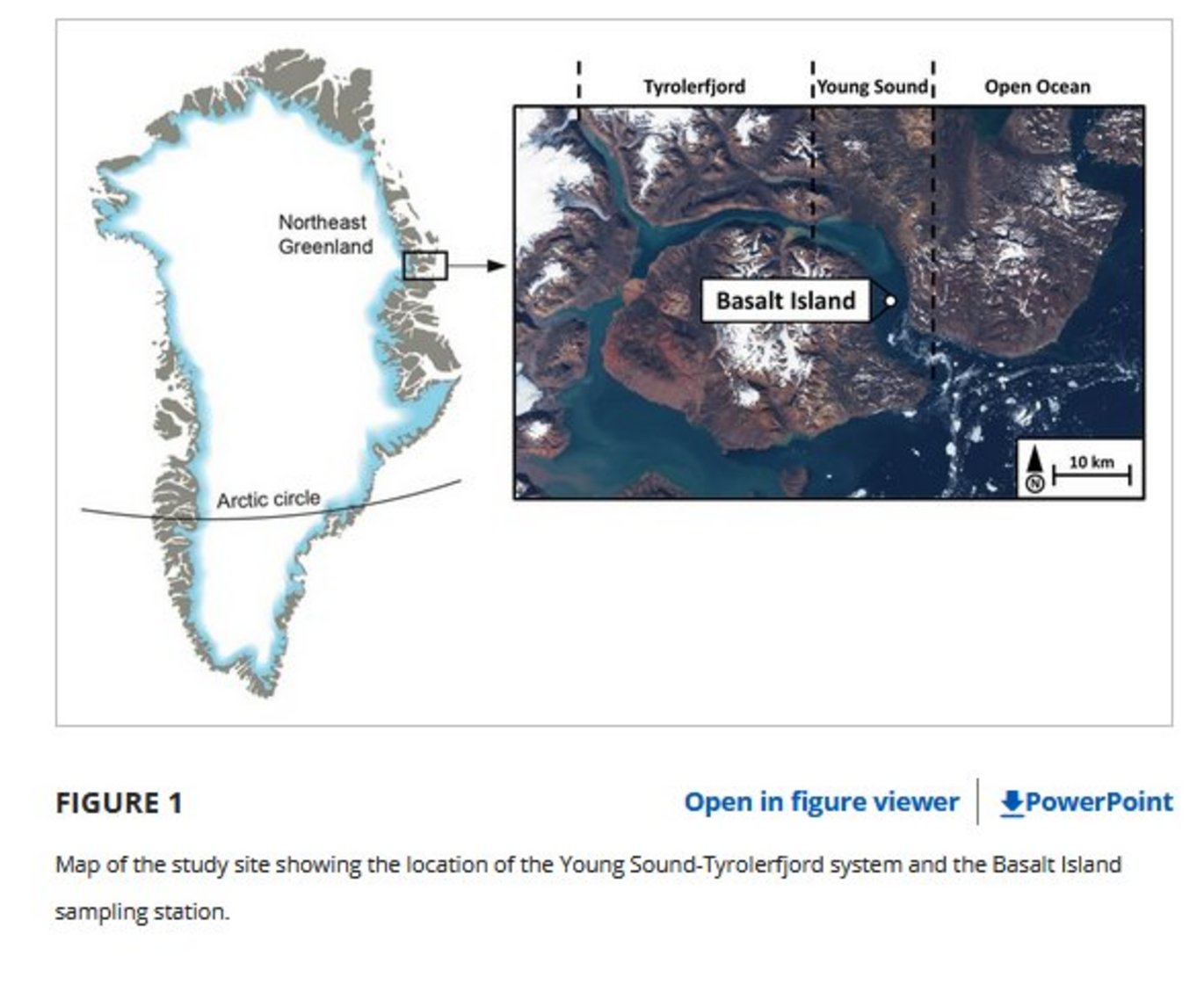Seasonal lipid dynamics of four Arctic bivalves: Implications for their physiological capacities to cope with future changes in coastal ecosystems
New publication by Bridier G, Olivier F, Grall J, Chauvaud L, Sejr MK, Tremblay R.

Abstracts:
The Arctic is exposed to unprecedented warming, at least three times higher than the global average, which induces significant melting of the cryosphere. Freshwater inputs from melting glaciers will subsequently affect coastal primary production and organic matter quality. However, due to a lack of basic knowledge on the physiology of Arctic organisms, it remains difficult to understand how these future trophic changes will threaten the long-term survival of benthic species in coastal habitats. This study aimed to gain new insights into the seasonal lipid dynamics of four dominant benthic bivalves (Astarte moerchi, Hiatella arctica, Musculus discors, and Mya truncata) collected before and after sea ice break-up in a high-Arctic fjord (Young Sound, NE Greenland). Total lipid content and fatty acid composition of digestive gland neutral lipids were analyzed to assess bivalve energy reserves while the fatty acid composition of gill polar lipids was determined as a biochemical indicator of interspecies variations in metabolic activity and temperature acclimation. Results showed a decrease in lipid reserves between May and August, suggesting that bivalves have only limited access to fresh organic matter until sea ice break-up. The lack of seasonal variation in the fatty acid composition of neutral lipids, especially essential ω3 fatty acids, indicates that no fatty acid transfer from the digestive glands to the gonads occurs between May and August, and therefore, no reproductive investment takes place during this period. Large interspecies differences in gill fatty acid composition were observed, which appear to be related to differences in species life span and metabolic strategies. Such differences in gill fatty acid composition of polar lipids, which generally influence metabolic rates and energy needs, may imply that not all benthic species will be equally sensitive to future changes in primary production and organic matter quality in Arctic coastal habitats.
